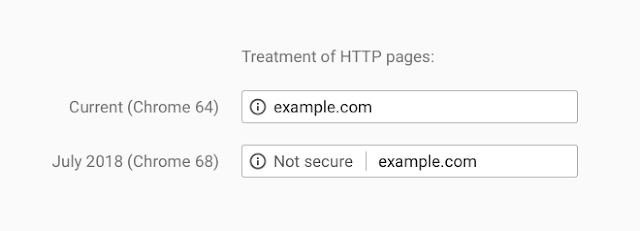Beginning in July 2018, if your site is not https, your customers will see that your website is not secure (left of your URL, top of your browser).
e.g.

With SSL:
- Rank better in Google organically
- Give your users peace of mind when filling out a form
- It’s just better
Without SSL:
- None of the above
Your best bet is finding a web host that supports Lets Encrypt. Even better is a host that will redirect all your http traffic to https, automatically (hint, here’s one).
To make it easy for our clients (who are on WordPress), we will offer to migrate your site for free to either WP Engine or Rocket.net (our hosting partners). Both hosts are top notch, have blazingly fast load times, are super secure, and of course have free SSL.
From Google:
For the past several years, we’ve moved toward a more secure web by strongly advocating that sites adopt HTTPS encryption. And within the last year, we’ve also helped users understand that HTTP sites are not secure by gradually marking a larger subset of HTTP pages as “not secure”. Beginning in July 2018 with the release of Chrome 68, Chrome will mark all HTTP sites as “not secure”.
Developers have been transitioning their sites to HTTPS and making the web safer for everyone. Progress last year was incredible, and it’s continued since then:
- Over 68% of Chrome traffic on both Android and Windows is now protected
- Over 78% of Chrome traffic on both Chrome OS and Mac is now protected
- 81 of the top 100 sites on the web use HTTPS by default
Chrome is dedicated to making it as easy as possible to set up HTTPS. Mixed content audits are now available to help developers migrate their sites to HTTPS in the latest Node CLI version of Lighthouse, an automated tool for improving web pages. The new audit in Lighthouse helps developers find which resources a site loads using HTTP, and which of those are ready to be upgraded to HTTPS simply by changing the subresource reference to the HTTPS version.
Chrome’s new interface will help users understand that all HTTP sites are not secure, and continue to move the web towards a secure HTTPS web by default. HTTPS is easier and cheaper than ever before, and it unlocks both performance improvements and powerful new features that are too sensitive for HTTP. Developers, check out our set-up guides to get started.

